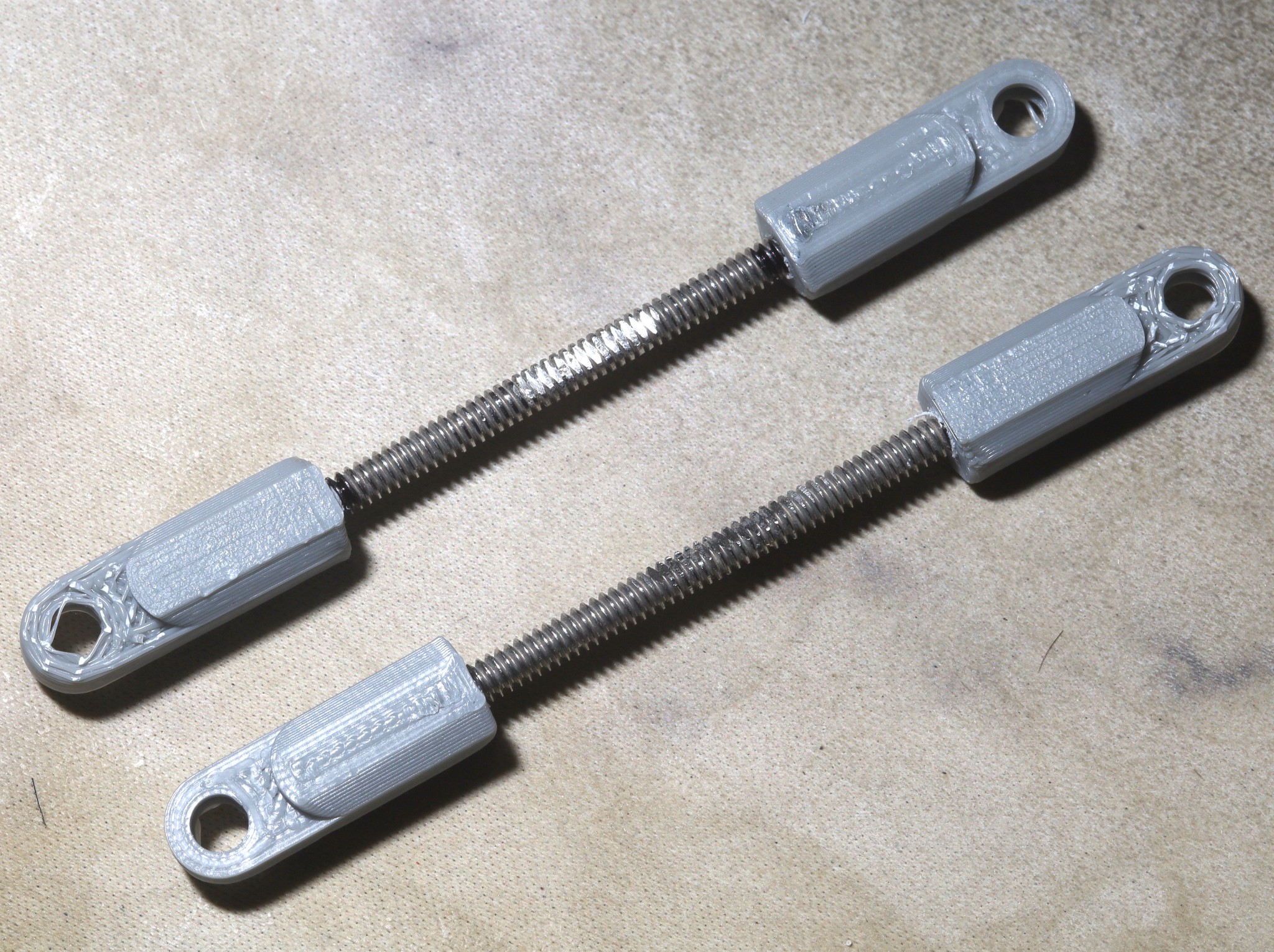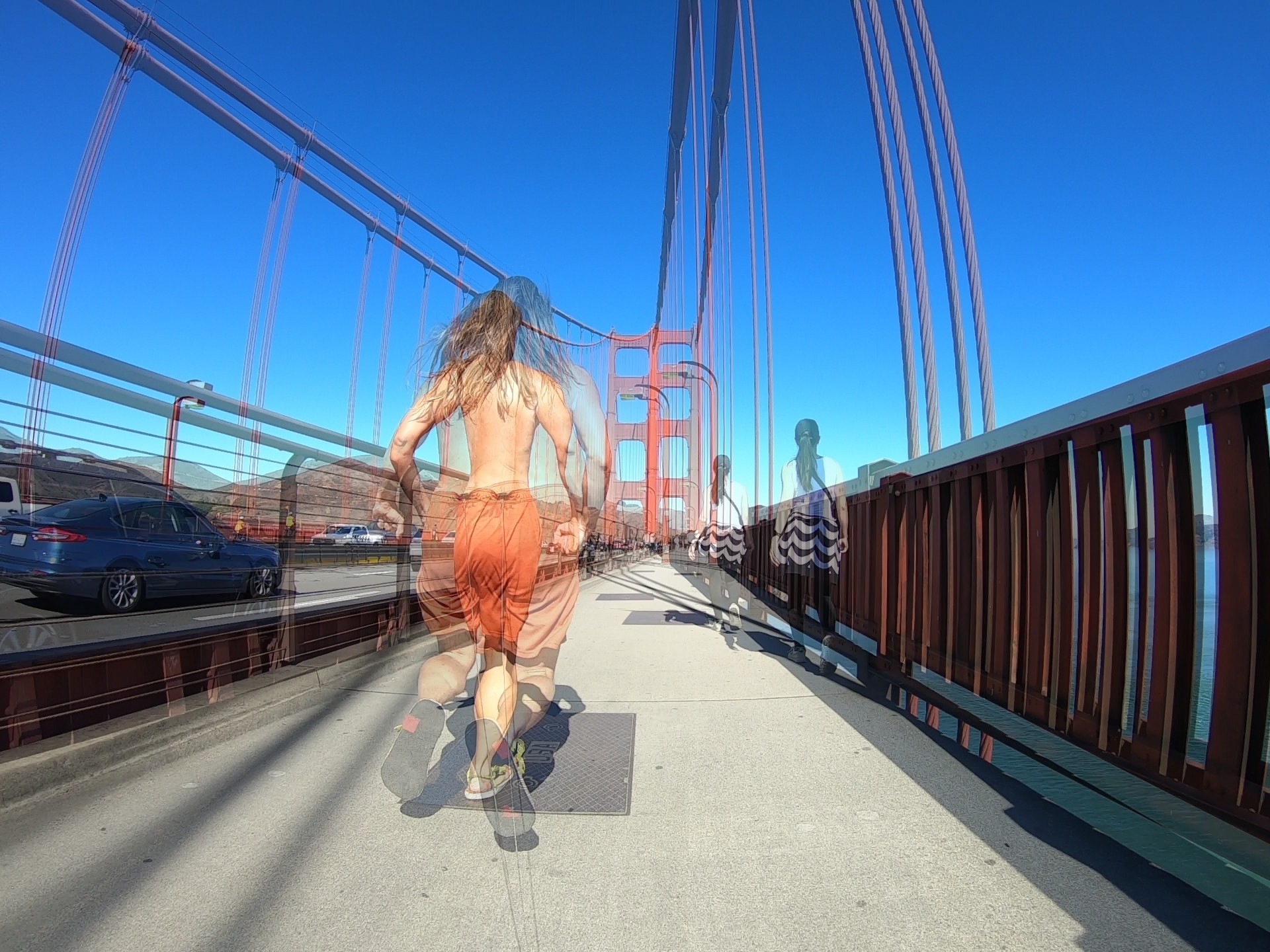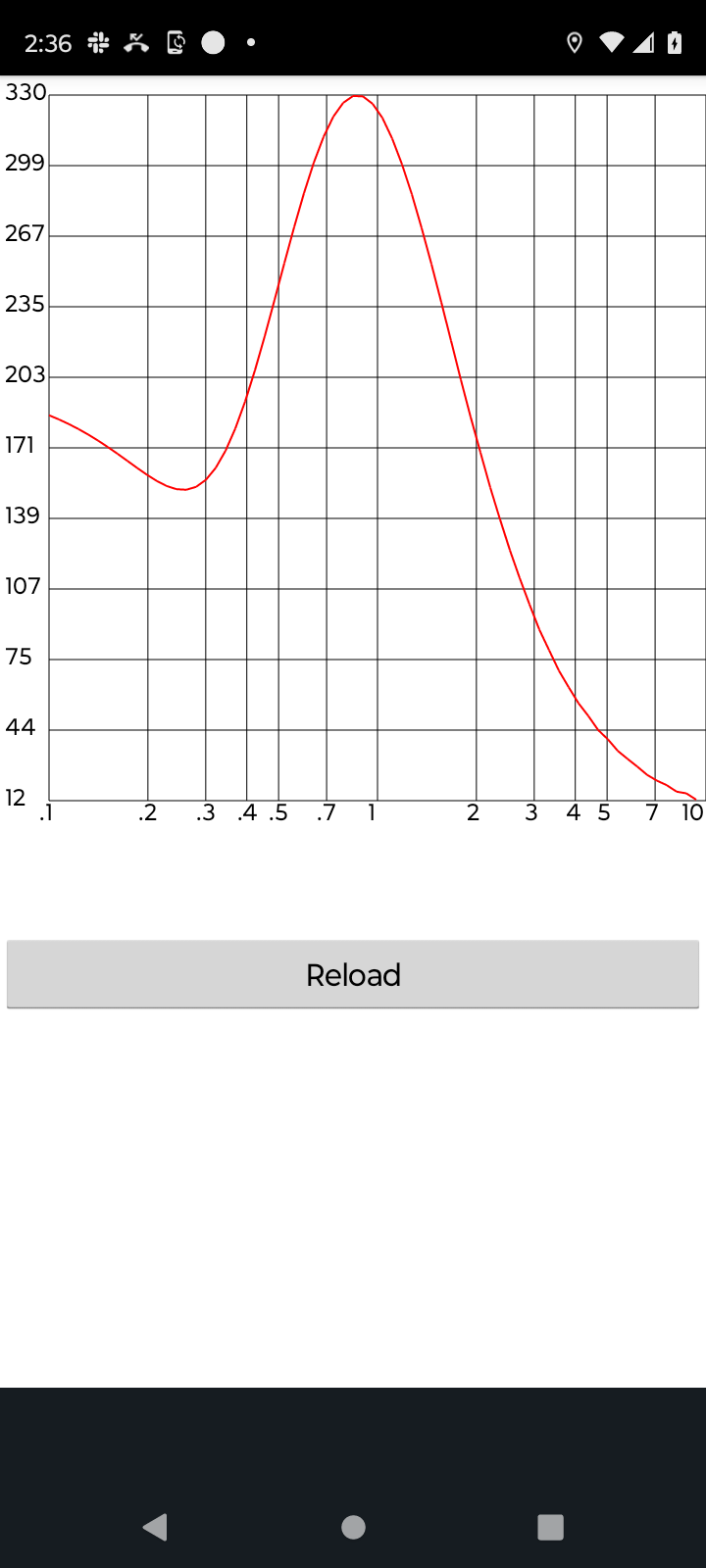Of all the things which need to work to get stable pointing of the camera, the dependence on the mechanical steering system was a surprise. The truck got a new steering module & the leash started oscillating again.


The mane thing which changed was tighter fitting ball links to try to extend their life. They eventually wear out & fall off.


The next leash footage immediately oscillated. There was much firmware & controller troubleshooting to try to knock out the new oscillation.
https://hackaday.io/project/199156-rear-view-glasses
Rear view glasses got developed to aid in debugging leash mode. While they're good at detecting large errors, they can't detect subtle enough motion that ruins camera footage. Unlike the rear view glasses from China, these could be precisely aimed for looking down.

Better results were coming from having a really high gain in high frequencies, but it only worked by timing the oscillations to match the timelapse period. There has long been a theory that the ideal leash would respond very slowly, washing out subtle errors in direction. The reality has been always oscillation unless it responds as fast as possible. A large object like a rocket has a larger moment of inertia making it less prone to oscillation, so it can respond slower. A small RC truck is a lot more prone to oscillation so it needs faster response.
The affair eventually narrowed in on the ball links. They didn't look stiff when driven by the servo but they were slightly stiff when pawing them. Heating them to make them looser got the leash oscillation to subside, especially with the latest gains. It's surprising there was no way for software to overcome a mechanical deficiency that minor. It still wasn't as good as the old days, because of a desire to make the ball links last longer. It looked more accurate on camera than in the glasses.
 lion mclionhead
lion mclionhead
Discussions
Become a Hackaday.io Member
Create an account to leave a comment. Already have an account? Log In.